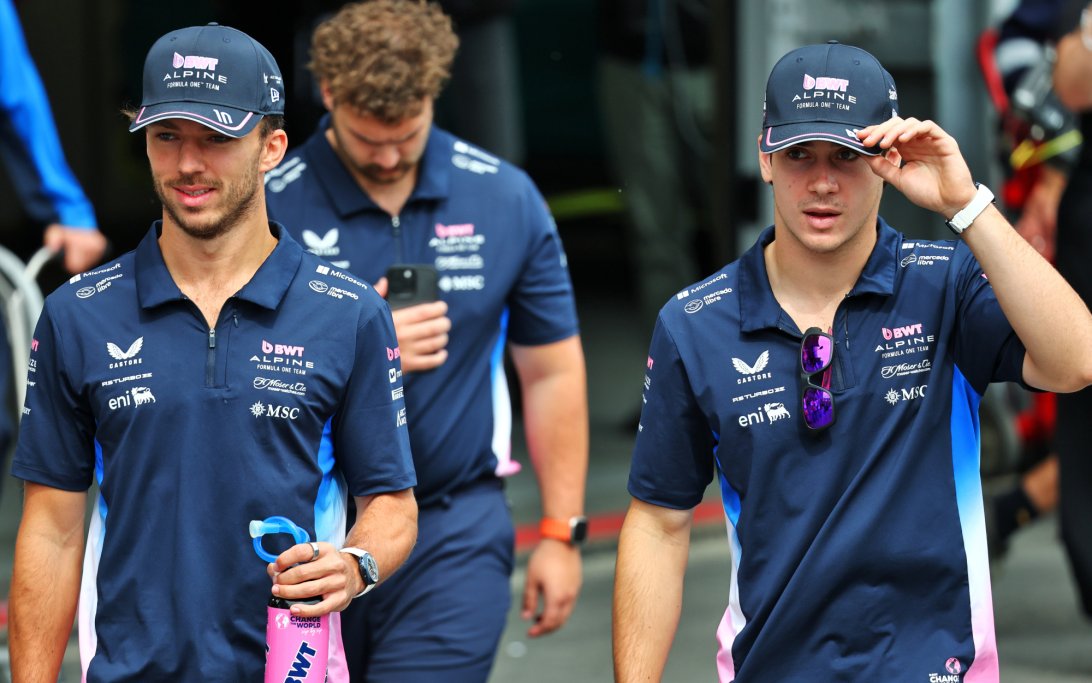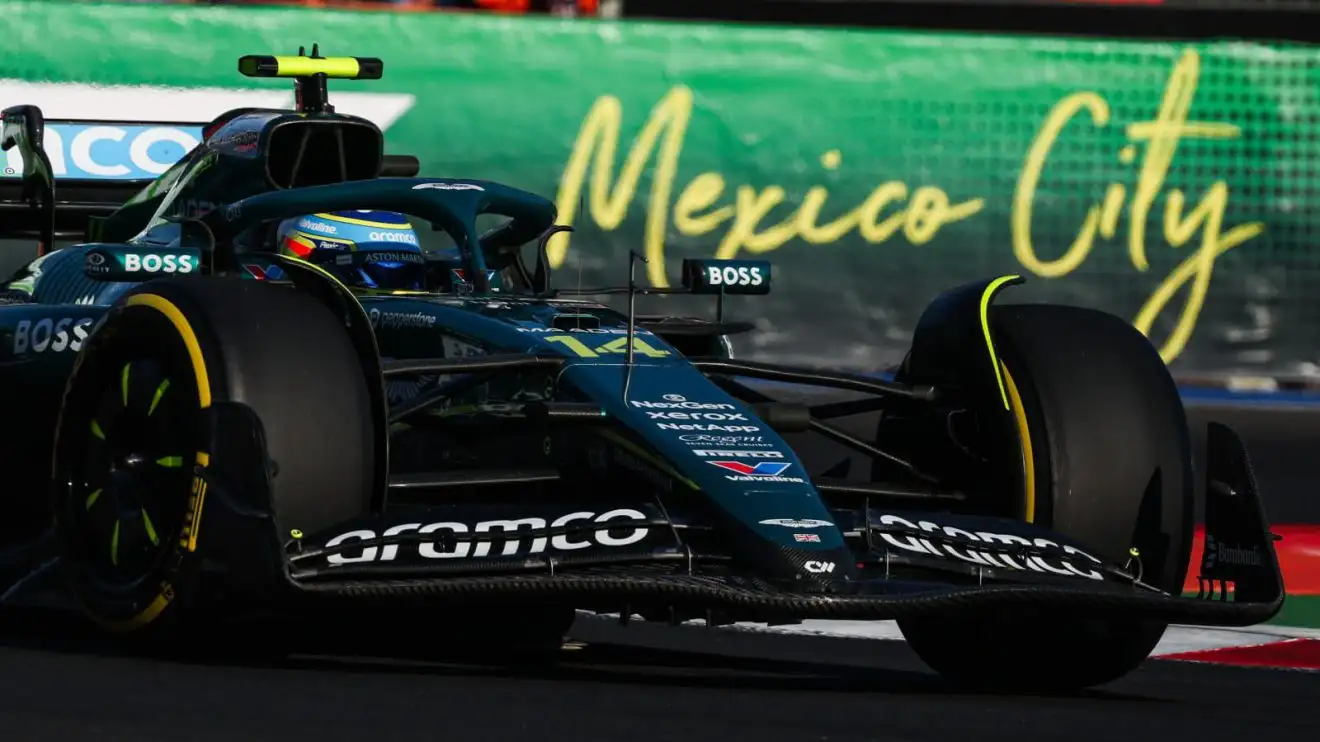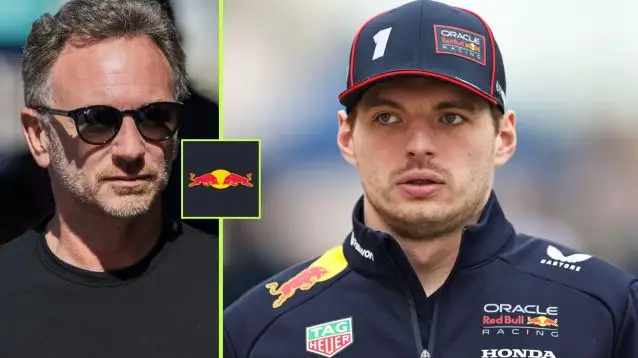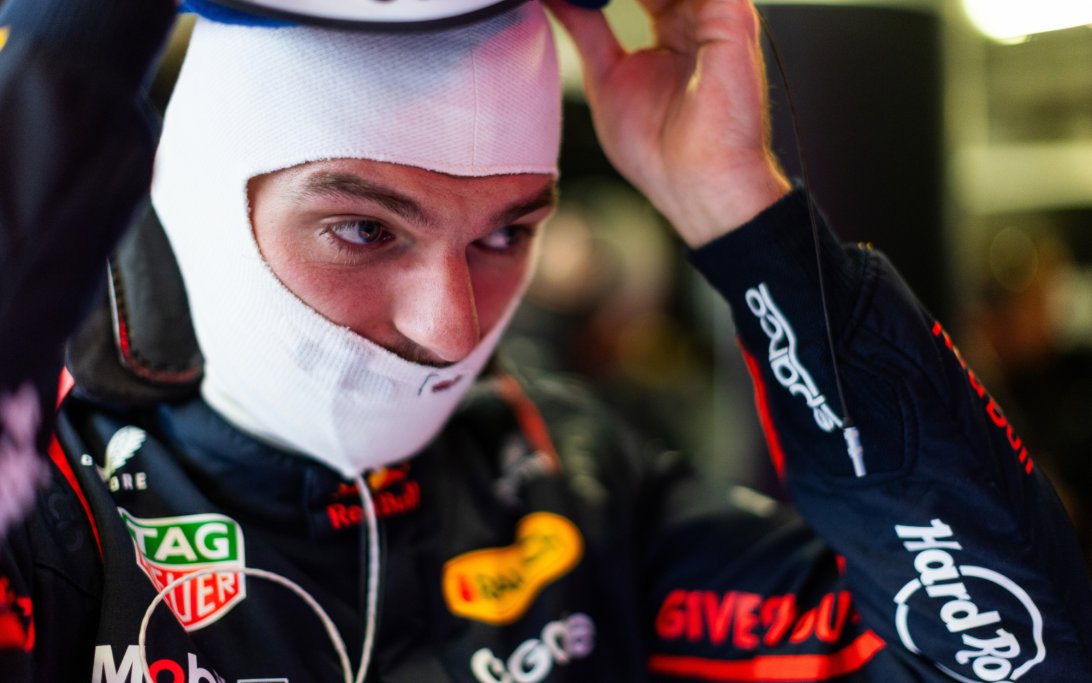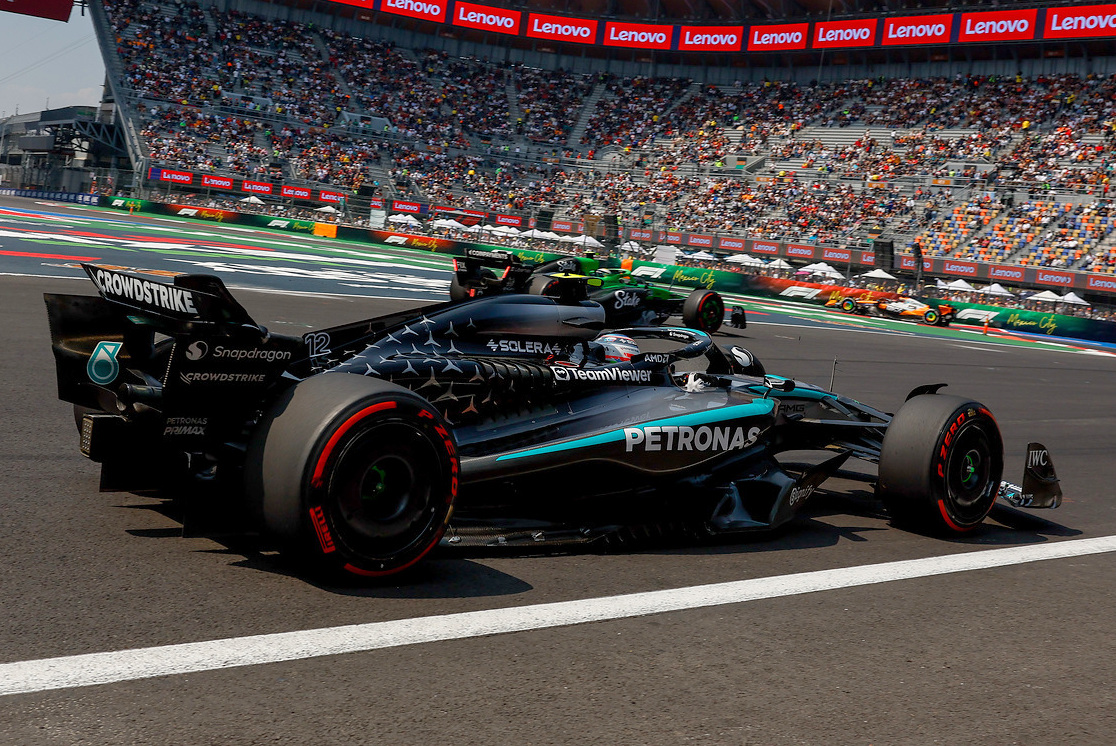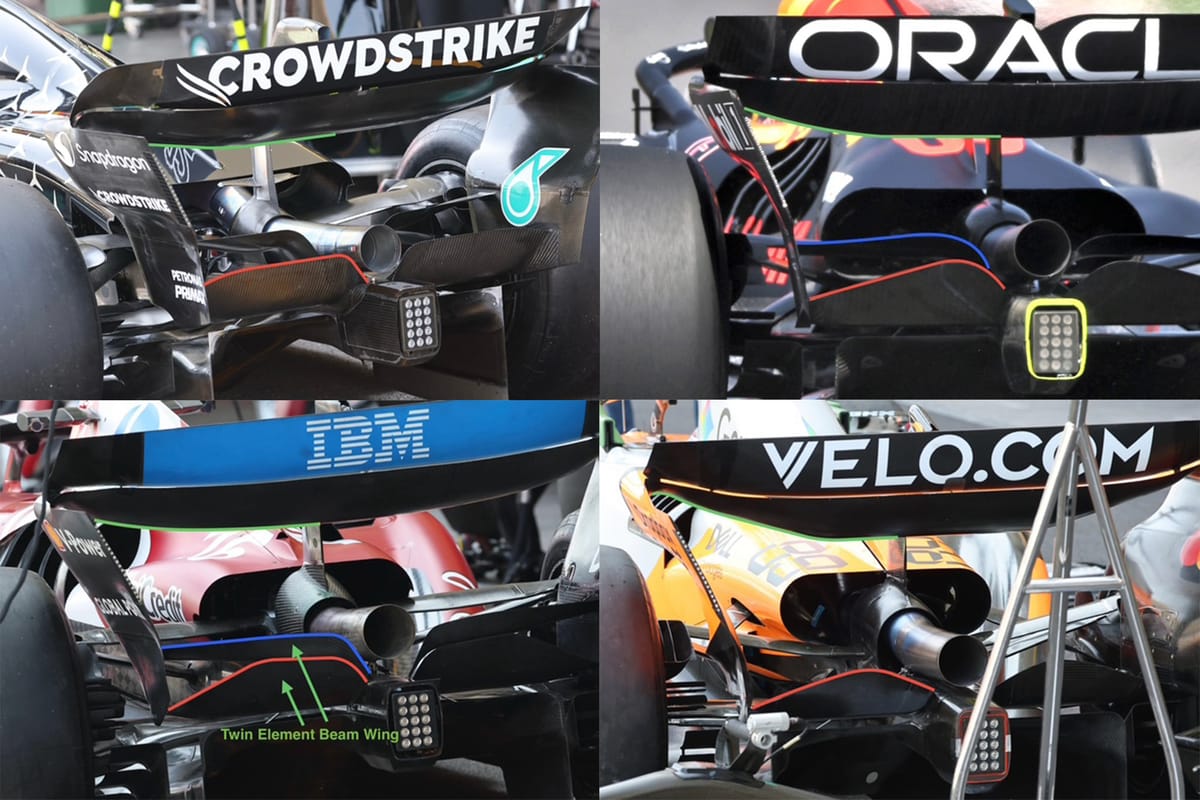
F1 in Mexico: How Top Teams Tackle High-Altitude Demands
The Mexican Grand Prix presents unique technical challenges due to Mexico City's 2240m altitude, which reduces air density by about 25%. This lower air density impacts everything from engine performance to aerodynamic downforce and cooling, forcing F1 teams to make significant setup compromises. Mercedes, Red Bull, Ferrari, and McLaren each approach these demands with distinct rear wing philosophies.
Why it matters:
The Mexico City Grand Prix is a significant test of engineering and strategy. The extreme conditions — reduced air density affecting downforce, engine power, and cooling — mean that teams must adapt their car designs and race strategies profoundly. A slight advantage in managing these variables can lead to unexpected results, potentially shaking up the championship standings.
The details:
- Aerodynamic Compromises: Reduced air density means less downforce and increased top speeds. Teams must balance maximizing grip in corners with achieving high straight-line speed.
- Mercedes: Runs the most aggressive high-downforce rear wing, featuring a brutal beam wing that extends across the diffuser's width and maximizes the upper wing's cross-section. Its unique endplate detail also generates more downforce.
- Red Bull: Opts for a twin-element beam wing, with a maximum chord section inboard to scavenge the diffuser's inner section effectively. Its upper wing also uses most of its allowable cross-section.
- Ferrari: Also uses a two-element beam wing, similar to Red Bull's but less dramatic in its diffuser interaction and not utilizing as much of the upper wing's cross-section as Mercedes.
- McLaren: Employs the lowest rear wing downforce level among the top four, with a beam wing that interacts less with the diffuser across its span.
- Ride Height Adjustments: With downforce reduced by about 10% at top speed compared to a normal track, teams adjust ride heights and suspension stiffness. Running softer improves ride over curbs, while lowering static ride height increases downforce in slow- to medium-speed corners.
- Brake Cooling Challenges: Faster speeds on straights (up to 360km/h) combined with similar car weight mean brakes work harder. The 10% less downforce also necessitates longer braking zones. Overheating (above 1000°C) causes exponential wear, while undercooling (below 350°C) reduces effectiveness. Teams often use 'lift and coast' to manage brake temperatures.
- Power Unit Performance: Turbos mitigate some of the air density loss, but engines still lose about 10% power, primarily because turbos hit their 125,000rpm limit. However, less oxygen means less fuel is needed for combustion.
- Ferrari's Advantage: Ferrari power units have historically performed well in Mexico, partly due to a smaller turbo specification that spools up faster. This helps recover induction pressure loss during acceleration, offering a reasonable compromise despite a slight loss at the very top end.
- Increased Cooling Demands: Despite reduced power, the 25% lower air density combined with 10% less power requires more engine and ancillary cooling, leading to wider engine cover cooling exits.
The big picture:
Mexico's unique conditions often mix up the competitive order, giving certain power units or aerodynamic concepts an unexpected edge. Historically, Ferrari-engined cars have shown strong performance here, potentially impacting the constructors' and drivers' championships. Teams must find the right balance between downforce, drag, engine performance, and cooling to succeed.
Looking Ahead:
Expect a tight battle among the front-runners, with potential for some surprises. The unique challenges of Mexico City could close up championship points or further extend gaps. The technical choices made regarding aerodynamics and power unit management will be crucial in determining who emerges on top by Sunday.
Original Article :https://www.the-race.com/formula-1/gary-anderson-how-f1s-big-four-have-dealt-wit...


